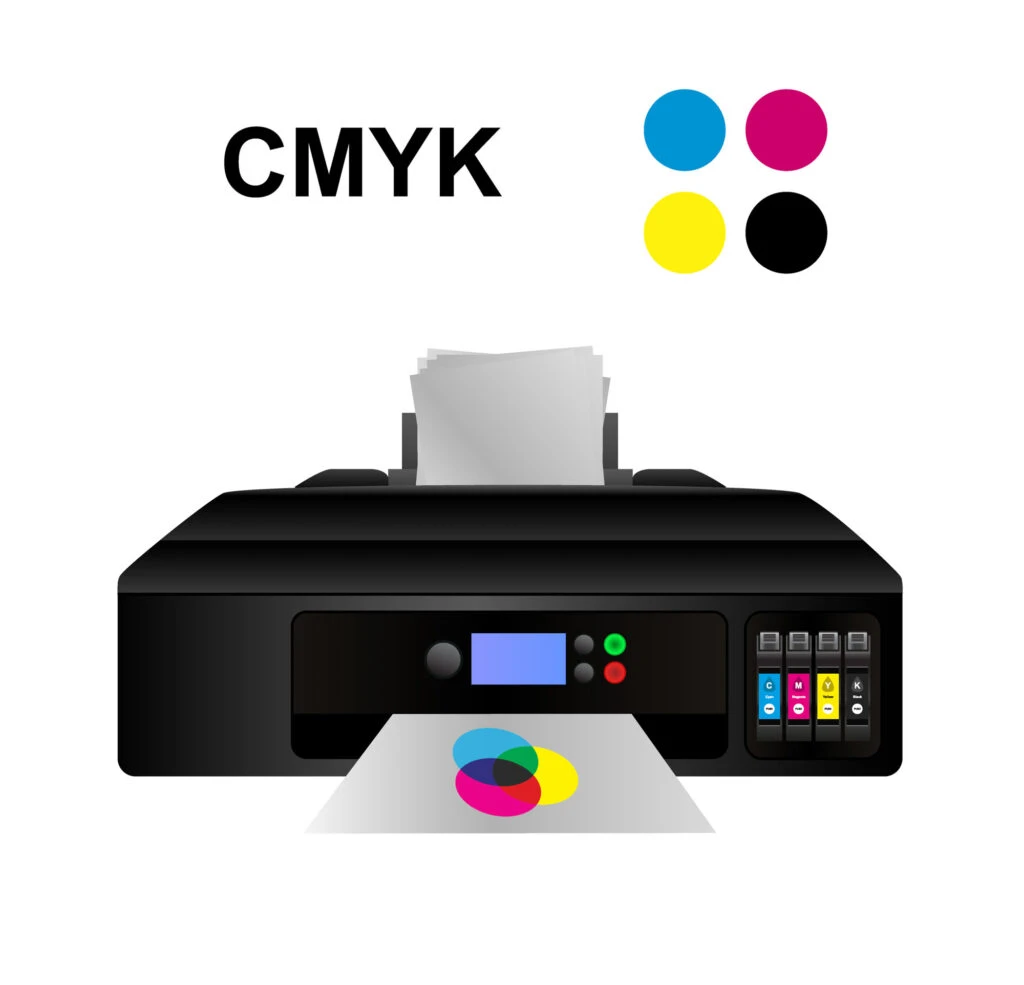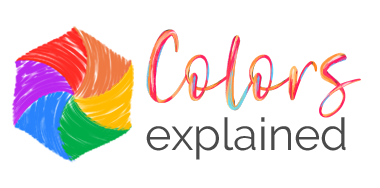The CMYK color model is a lesser-known color model. You may have never heard of it before, even though you’ve most certainly benefited from it.
In this post, we’ll cover when the CMYK color wheel is used, the CMYK primary colors, and what it means to be a subtractive color model.
You’ll walk away with a high-level understanding of when the CMYK color model is relevant and how to interact with it – all invaluable skills if you’re involved in the world of digital color.

What is a Color Model?
A color model (also known as a color system) is a process for creating more colors starting from a few primary colors.
Color models explain how color works in different situations and applications. Our goal for this post is to explain how this works in the CMYK color model.
What is the CMYK Color Model?
The CMYK color model is often also referred to as “process color.” It was first popularized at the turn of the 20th century when printers found that starting with magenta, cyan, and yellow inks provided the largest possible set of unique colors when used in print media.
Unlike the RGB color mode, which mixes red, green, and blue light, and the RYB model, which mixes red, yellow, and blue paint, the CMYK mixes cyan, magenta, yellow, and black pigments.
If you’re wondering why CMYK has four letters in its acronym (instead of three, like the RGB and RYB models), it’s because of the addition of key (black) into the mix.
This is because black ink is usually used in printing even though black (or at least a dark muddy color due to technical limitations) can technically be created by blending cyan, magenta, and yellow together.

Although it’s possible, using pure black pigmented ink simply creates a blacker black, but it avoids soaking the paper with ink, which would damage it. Blending three colors of ink to create black weakens the paper since it saturates the fibers so much.
In additive color models, such as the RGB model, white is the “additive” combination of all primary colored lights, black is the absence of light. In the CMYK model, it is the opposite: white is the natural color of the paper or other background, and black results from a full combination of colored inks.
Did you know? RGB is the color space for digital images, while CMYK is the color space for printed materials.
CMYK Colors Explained
Surfaces appear to be certain colors because of the wavelengths of light they absorb and reflect.
Objects that look red look that way because they absorb all wavelengths except red ones. Objects that look white reflect all wavelengths of light.
Objects that look black absorb all color wavelengths (which is why you don’t want to wear black color or any dark colors in the summer if you want to stay cool). The CMYK color model works by blending pigments that reflect the desired wavelengths.
This is known as subtractive color because the pigments “subtract” specific colors from white paper. Specific color wavelengths are absorbed by pigment, changing what color is reflected back to be perceived by our eyes.
White light without red leaves cyan, white light without blue leaves yellow, and white light without green leaves magenta.
The CMYK color model is used in digital printing. Anytime you’re translating an image from a digital computer screen to a printed product on the page, you’re using the CMYK model.
CMYK Colors
Because mixing ink works differently than mixing pigments or light, the CMYK color model has a different set of primary colors than the RYB or RGB color models.
CMYK Primary Colors
- Cyan
- Magenta
- Yellow
Key (black) deserves an honorable mention in this context because most printers use it, essentially, as another primary color.
Secondary Colors
- Magenta + yellow = red
- Cyan + yellow = green
- Cyan + magenta = blue
Theoretically, you could create black by combining all the primary colors. But in practice, printers generally use key (black) ink to do it instead, since using that much ink can actually damage the paper in the printing process.
Applicability
All digital printers use the CMYK color model because it’s the most effective way to blend pigments for printing.
When working on creating printed materials, you can tell the printer the exact density of ink required to create the desired colors, making a seamless transition from design to the printed final product, from business cards to magazines and beyond.
However, many programs (like Adobe Photoshop) will display in RGB color spaces, be sure to change the color profile of the file you want to print to achieve your desired results.
You’re probably wondering why printers can’t just use the RYB color model, since they’re both subtractive models.
The reason is that the CMYK model is able to bridge the gap between RGB color mode (such as a digital design of a logo) and the printed page in a way the RYB model simply can’t.
At the end of the day, understanding the different color models is essential to successful graphic design. This way, you can optimize each stage of the design process.
